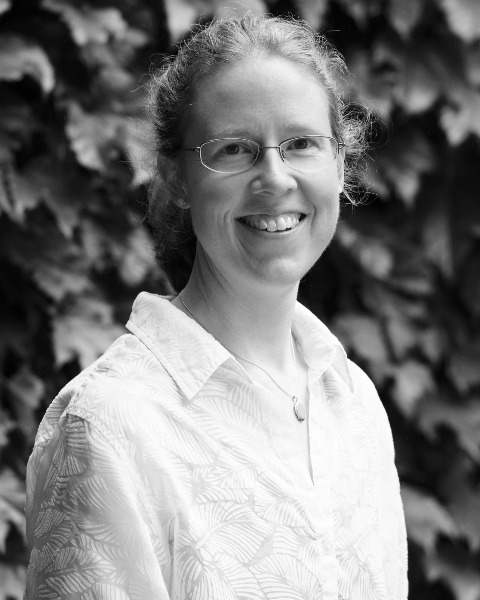Public Health & Prevention
Category: Abstract Submission
Public Health & Prevention I
566 - Factors Associated with an Increase in Pediatric Healthcare Worker Burnout During a Pandemic
Saturday, April 23, 2022
3:30 PM - 6:00 PM US MT
Poster Number: 566
Publication Number: 566.240
Publication Number: 566.240
Chloe Knudsen-Robbins, University of Pittsburgh School of Medicine, Pittsburgh, PA, United States; Theodore Heyming, CHOC Children's Hospital of Orange County, Orange, CA, United States; Sarah R. Martin, University of California, Irvine, School of Medicine; Children's Hospital of Orange County, Orange, CA, United States; Lois W. Sayrs, University of Arizona College of Medicine - Phoenix, Anaheim Hills, CA, United States; Tricia Morphew, Morphew Consulting, LLC, Bothell, WA, United States; Zeev Kain, University of California, Irvine, School of Medicine, Orange, CA, United States

Chloe Knudsen-Robbins, MM
Medical Student
University of Pittsburgh School of Medicine
Pittsburgh, Pennsylvania, United States
Presenting Author(s)
Background: The COVID-19 pandemic has placed unparalleled demands on healthcare workers (HCWs), raising concerns regarding HCW mental health, especially as HCW burnout may affect the quality of patient care and access to care. The continuing pandemic underscores the importance of understanding risk and protective factors associated with burnout so that we may be better equipped to devise strategies to protect the mental health and well-being of HCWs.
Objective: The objective of this study was to investigate changes in pediatric HCW (pHCW) burnout during the COVID-19 pandemic.
Design/Methods: A diverse group of pHCWs at a quaternary care pediatric hospital in the Southwest US completed Maslach Burnout Inventory-Human Services Surveys for Medical Personnel (MBI) at the onset of the pandemic (time 1, April-July 2020) and again in March 2021 (time 2). Participants were part of a larger study examining SARS-CoV-2 antibodies. Additional variables such as demographics and personality traits (via Big Five Inventory, BFI) were also collected. Responses were analyzed using ordinal and linear generalized estimating equation models to assess MBI subscale score changes across time.
Results: Time 1 and time 2 MBI surveys were completed by 162 participants; 27% were ≤30 years old, 29% were male, 65% had children, 54% worked in the ED, 54% were RNs/NPs, and 27% were MD/PAs. Emotional exhaustion (EE) and depersonalization (DP) subscale scores significantly increased from time 1 to time 2 (pConclusion(s): These results demonstrate that an increasing number of pHCWs appear to be at higher risk for burnout 1 year into the COVID-19 pandemic. This study identified potential demographic, occupational, and psychological factors associated with increasing EE and DP subscale scores. Results may inform future work aimed at developing interventions to support pHCWs who may be at increased risk for burnout.
Figure 1..jpg) Change in emotional exhaustion, depersonalization, and personal accomplishment evaluated on categorical and continuous scales (time 1 vs. time 2), unadjusted.
Change in emotional exhaustion, depersonalization, and personal accomplishment evaluated on categorical and continuous scales (time 1 vs. time 2), unadjusted.
Objective: The objective of this study was to investigate changes in pediatric HCW (pHCW) burnout during the COVID-19 pandemic.
Design/Methods: A diverse group of pHCWs at a quaternary care pediatric hospital in the Southwest US completed Maslach Burnout Inventory-Human Services Surveys for Medical Personnel (MBI) at the onset of the pandemic (time 1, April-July 2020) and again in March 2021 (time 2). Participants were part of a larger study examining SARS-CoV-2 antibodies. Additional variables such as demographics and personality traits (via Big Five Inventory, BFI) were also collected. Responses were analyzed using ordinal and linear generalized estimating equation models to assess MBI subscale score changes across time.
Results: Time 1 and time 2 MBI surveys were completed by 162 participants; 27% were ≤30 years old, 29% were male, 65% had children, 54% worked in the ED, 54% were RNs/NPs, and 27% were MD/PAs. Emotional exhaustion (EE) and depersonalization (DP) subscale scores significantly increased from time 1 to time 2 (pConclusion(s): These results demonstrate that an increasing number of pHCWs appear to be at higher risk for burnout 1 year into the COVID-19 pandemic. This study identified potential demographic, occupational, and psychological factors associated with increasing EE and DP subscale scores. Results may inform future work aimed at developing interventions to support pHCWs who may be at increased risk for burnout.
Figure 1.
.jpg) Change in emotional exhaustion, depersonalization, and personal accomplishment evaluated on categorical and continuous scales (time 1 vs. time 2), unadjusted.
Change in emotional exhaustion, depersonalization, and personal accomplishment evaluated on categorical and continuous scales (time 1 vs. time 2), unadjusted.